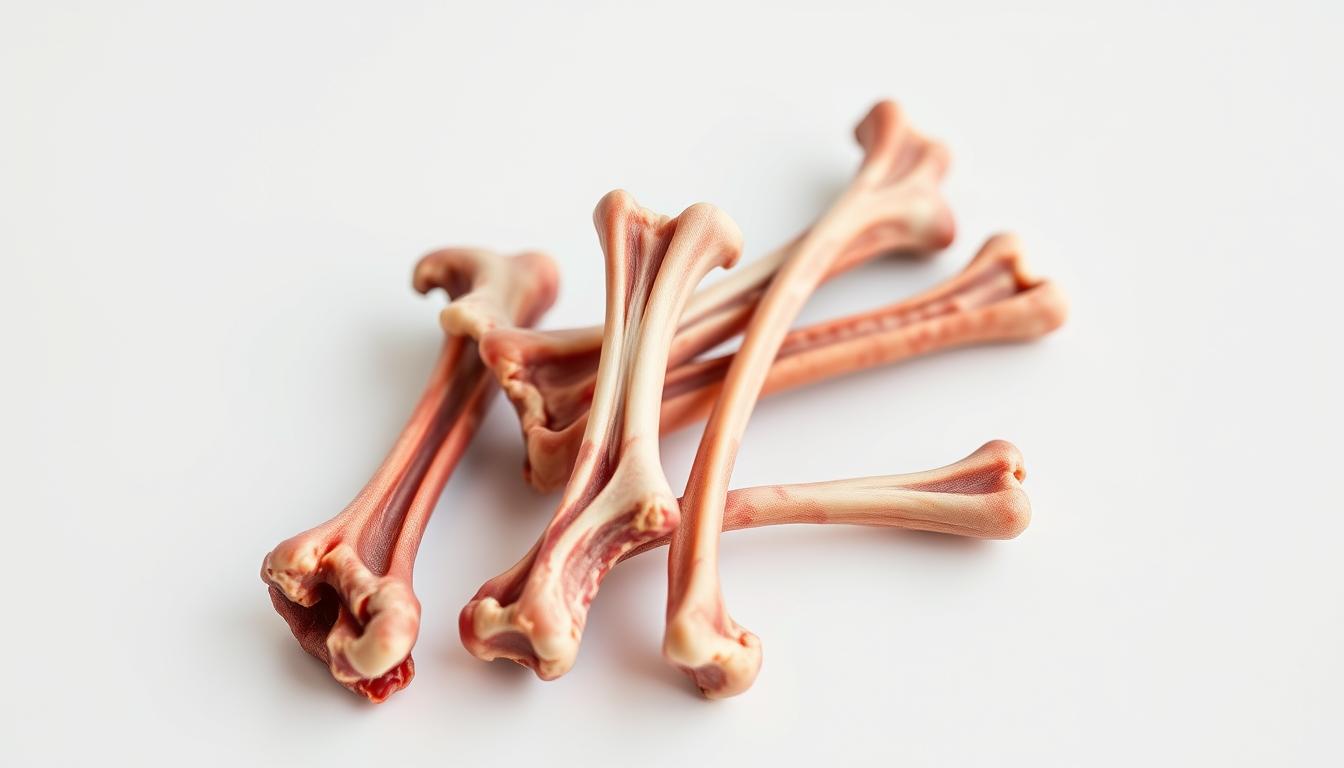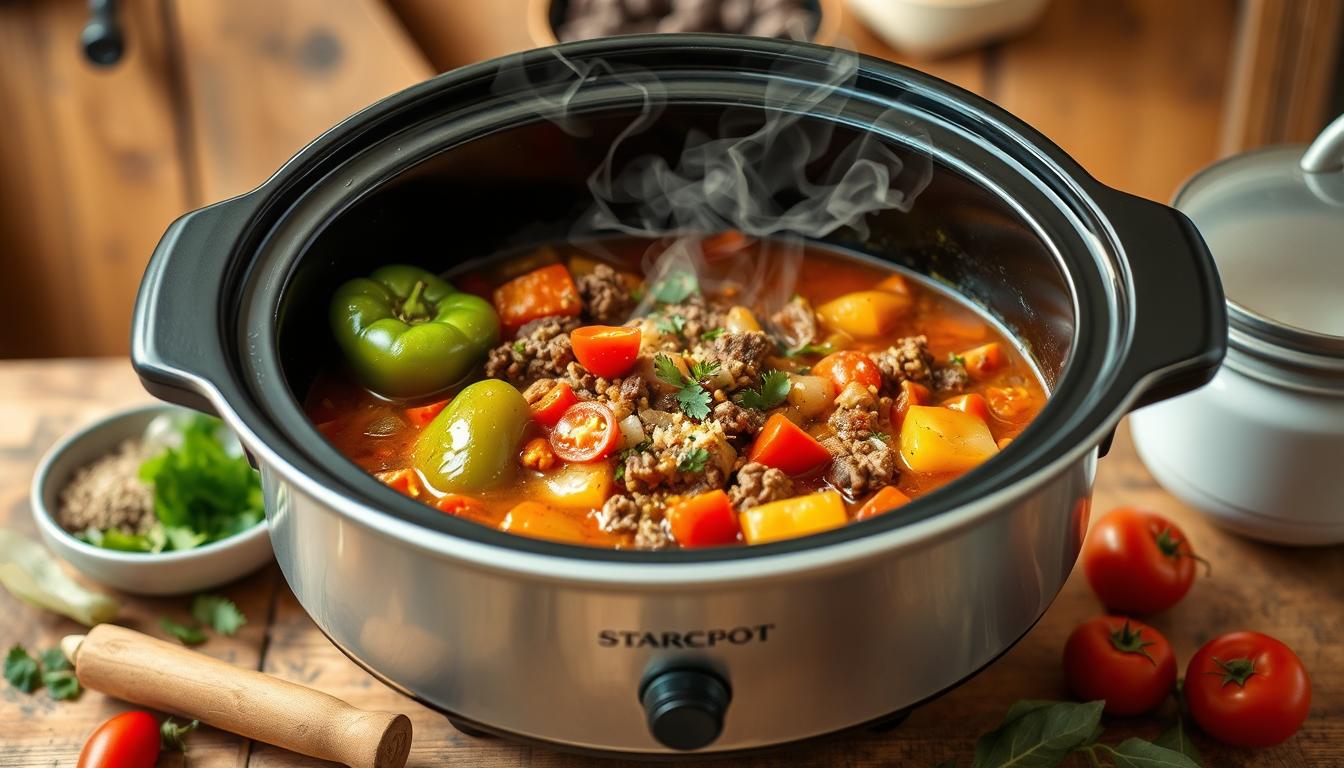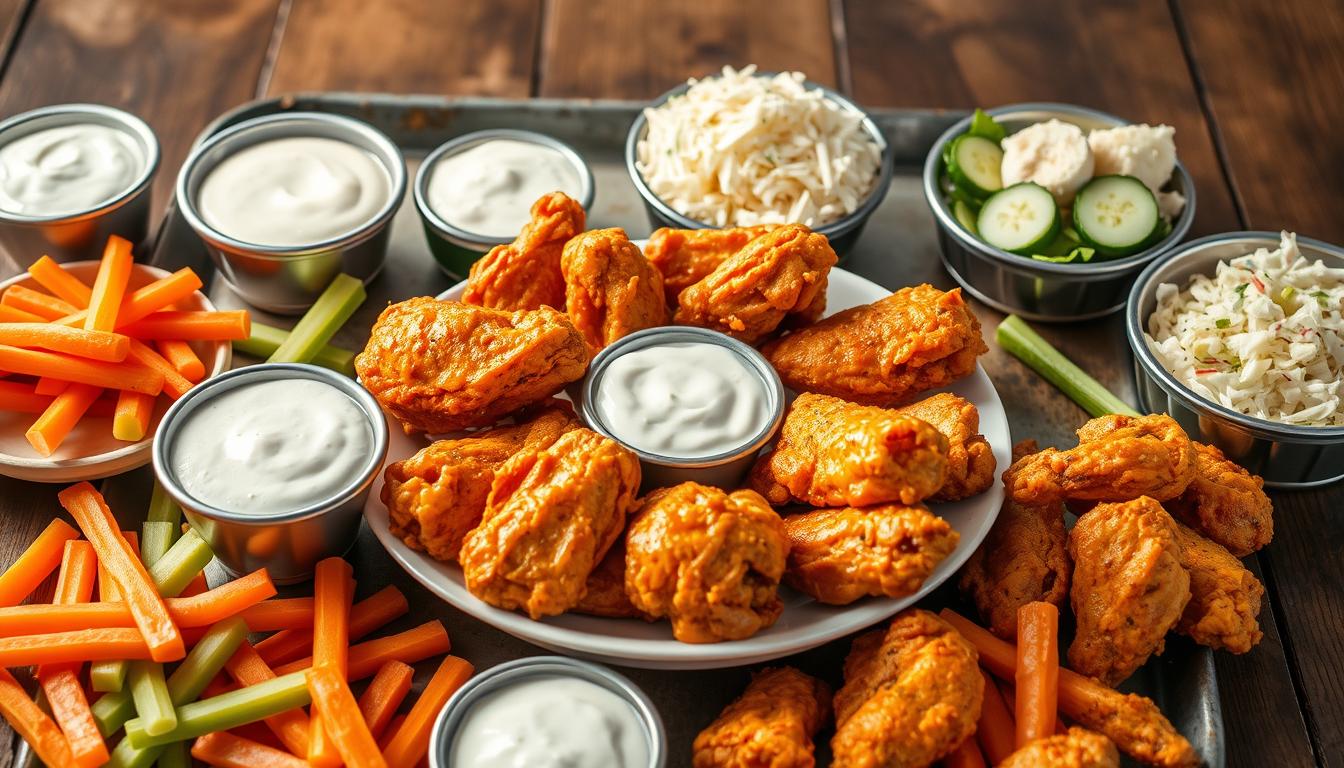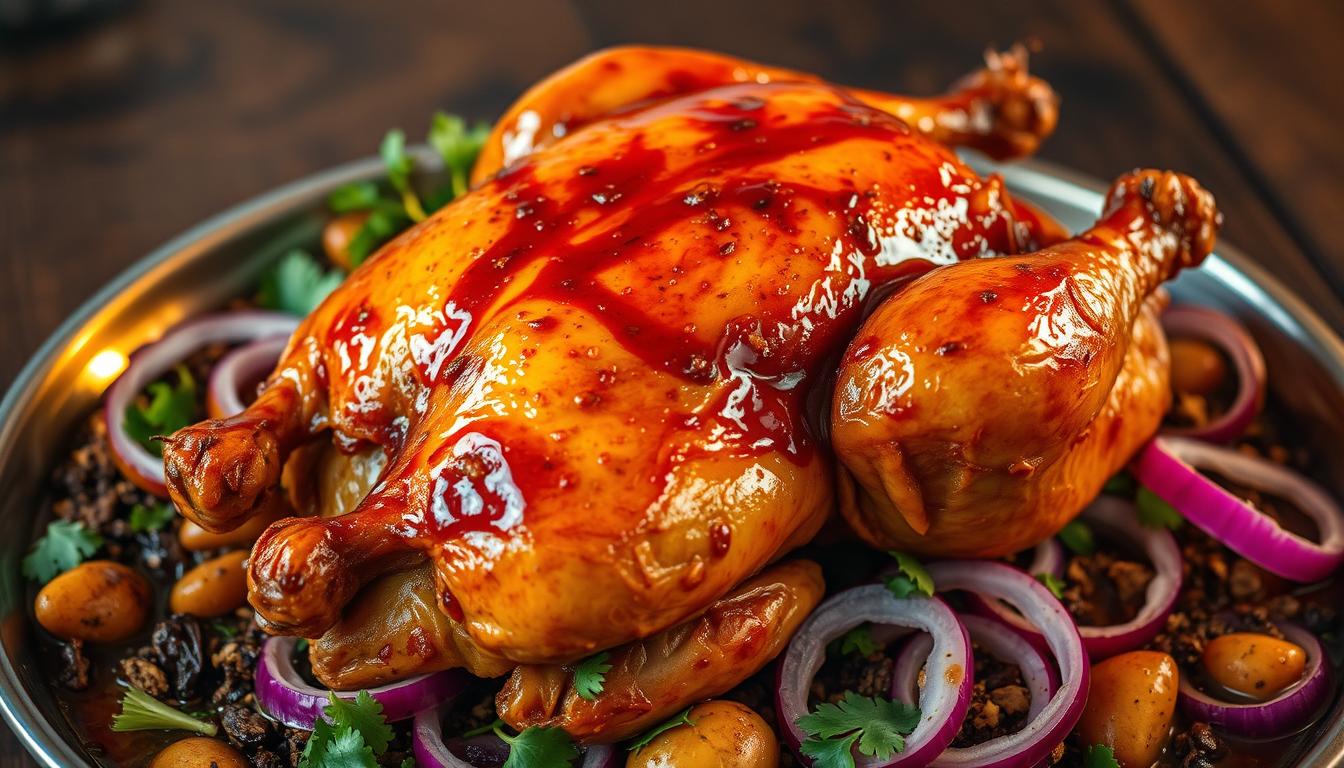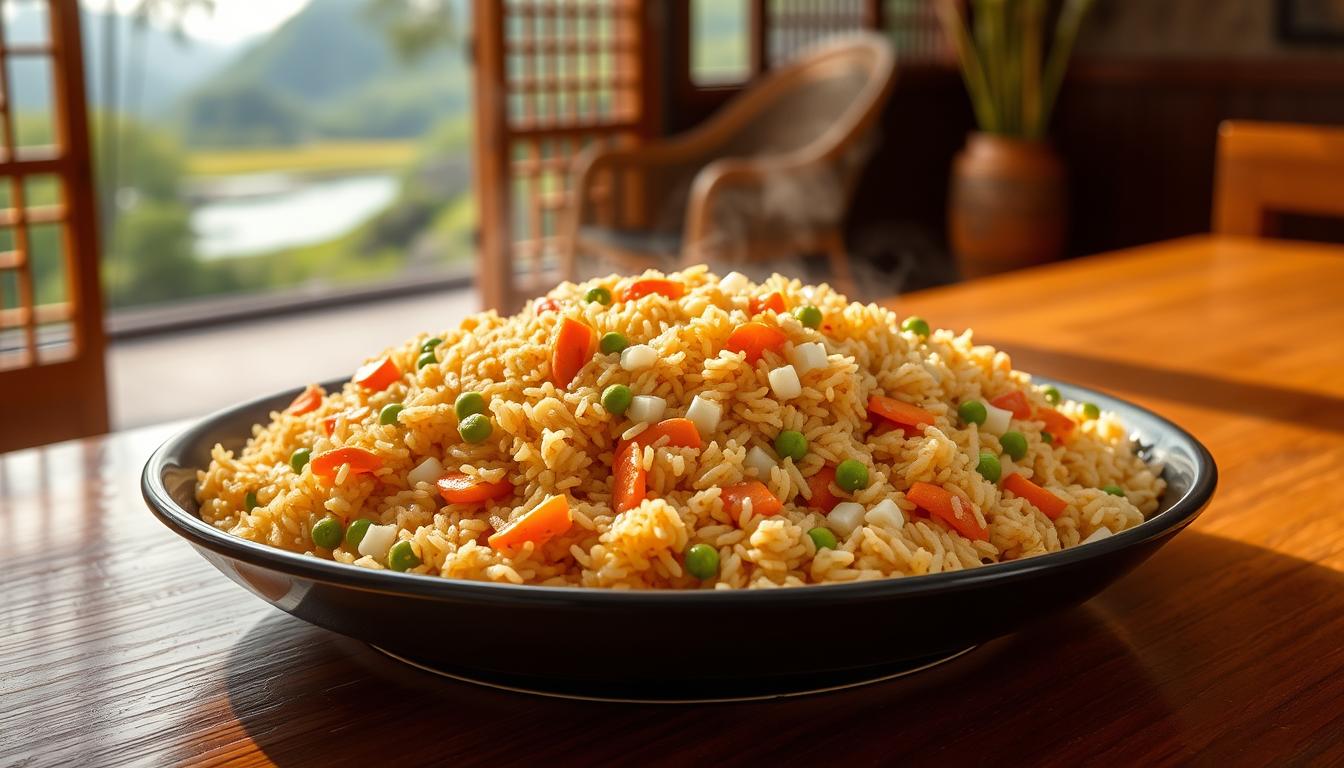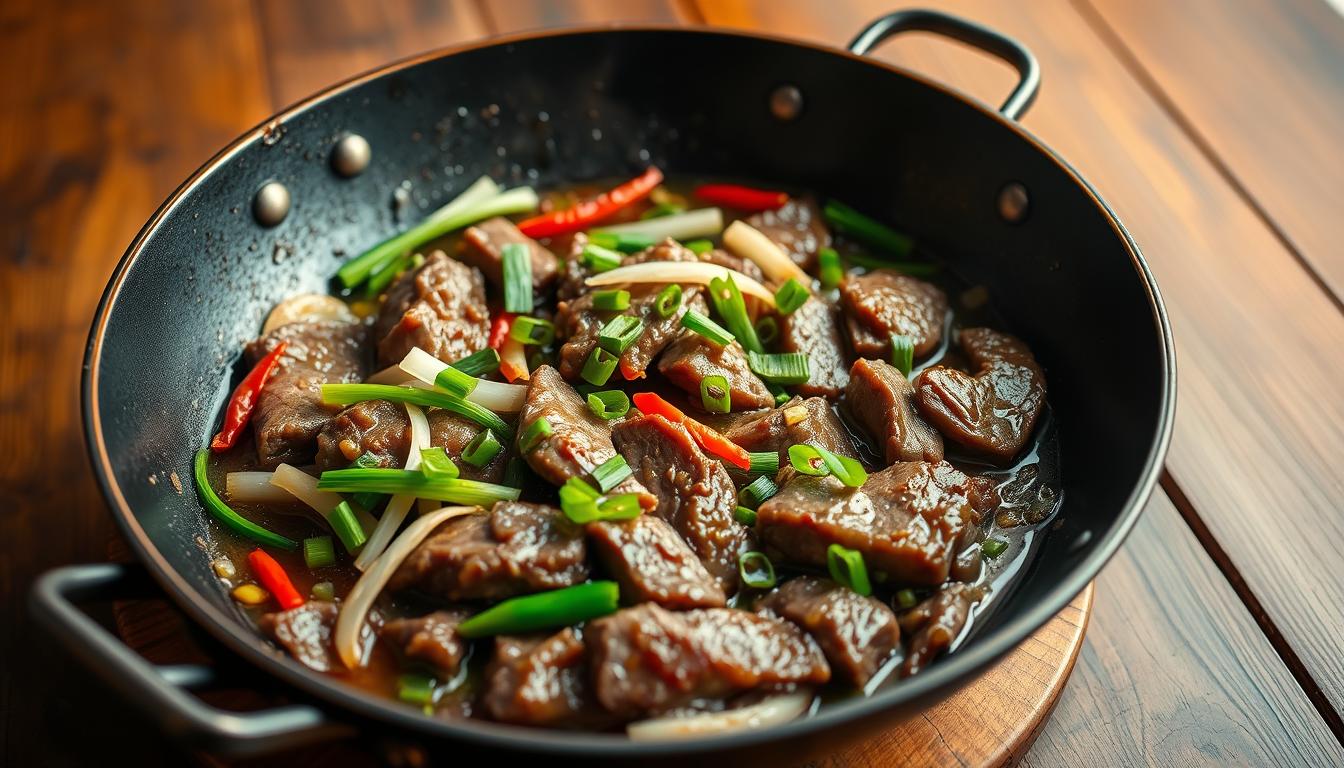Growing up, beef neck bones were a special treat in my family. They made ordinary meals into something amazing. These cuts of meat have a rich history that many are rediscovering today.
Beef neck bones come from the cow’s neck. They are full of collagen and connective tissue. This makes them tender and flavorful when cooked right. They are a great choice for those who love traditional cooking but want to save money.
Even though they’re not as popular as prime cuts, beef neck bones have a lot of flavor. They need slow cooking to become tender. This makes the meat soft and delicious, and it’s also good for you.
Key Takeaways
- Beef neck bones are an affordable and flavorful meat cut
- High in collagen and nutrients
- Requires slow cooking methods
- Excellent for making bone broth
- Lower in fat compared to other beef cuts
- Versatile in various culinary applications
What Are Beef Neck Bones?
Beef neck bones are a special cut of meat. They are rich in flavor and full of nutrients. These bones come from the cow’s neck, with many vertebrae and tough muscle. This makes them great for slow-cooking.
Exploring beef neck bones reveals a versatile ingredient. The bones have connective tissues that soften during cooking. This makes the meat tender and full of flavor.
Origin and Cut Information
Beef neck bones come from the cow’s neck. This area has dense muscles. The cut has unique features:
- Located in the cervical spine region
- Contains multiple vertebrae
- Characterized by tough muscle tissue
- Ideal for slow-cooking techniques
Nutritional Profile
Beef neck bones are good for your diet. They offer a lot of nutrients:
| Nutrient | Amount per Serving |
|---|---|
| Calories | 360 kcal |
| Protein | 20g |
| Fat | 13g |
| Carbohydrates | 20g |
The bones are high in collagen. This makes them a great source of protein and minerals. They are perfect for making hearty, nutritious dishes.
Culinary Uses of Beef Neck Bones
Beef neck bones are a versatile and affordable ingredient. They can make both traditional and modern dishes. They are a great way to make hearty meals without spending a lot.
Soul food and international cuisines love beef neck bones. They have a lot of collagen, which makes them perfect for slow cooking. This gives them a deep, rich flavor.
Traditional Dishes
Beef neck bones are great in many classic recipes:
- Southern-style neck bone stew
- Caribbean brown stew neck bones
- Filipino neck bone sinigang
- Italian osso buco-inspired preparations
Modern Recipes
Today’s chefs are finding new ways to use beef neck bones:
- Smoked neck bone appetizers
- Neck bone ragu over pasta
- Barbecue-style neck bone sandwiches
- Asian-fusion neck bone tacos
Cooking Techniques
Cooking beef neck bones well takes patience and the right method. Here are some good ways to cook them:
- Braising: 275-325 degrees Fahrenheit for 4-6 hours
- Slow cooking: 20-24 hours at low temperature
- Sous vide: Precise temperature control
- Pressure cooking: Faster tenderization
“Beef neck bones transform from tough to tender with the right cooking method.” – Chef Michael Rodriguez
Beef neck bones are a budget-friendly choice. They serve 4 people and are packed with protein. They’re a great way to enjoy both traditional and new flavors.
Health Benefits of Beef Neck Bones
Beef neck bones are a nutritional powerhouse. They offer a surprising amount of nutrients that boost your health. This makes them a great choice for healthy eating.
Rich in Essential Nutrients
Beef neck bones are not just affordable. They are packed with nutrients that support your health. Here’s why they stand out:
- High-quality protein source for muscle maintenance
- Rich in essential minerals like calcium and phosphorus
- Excellent source of collagen for joint and skin health
Potential Joint Benefits
The collagen in beef neck bones is great for your joints. Slow-cooking these bones releases glycosaminoglycans (GAGs). These support cartilage and may reduce joint inflammation.
Regularly drinking bone broth made from beef neck bones could help manage joint pain. It may also improve your mobility.
While they have a lot of fat, trimming excess fat makes them healthier. Cooking beef neck bones for 6 to 8 hours in a slow cooker maximizes nutrient extraction. This ensures you get the most health benefits from them.
How to Select Quality Beef Neck Bones
Choosing the right beef neck bones is key to great cooking. Knowing what to look for helps you pick the tastiest and healthiest cut for your meals.
When you’re shopping for beef neck bones, focus on a few important things. These signs show if the bones are fresh and of good quality. They will add rich flavor and tender meat to your dishes.
Appearance Matters
The look of beef neck bones tells you a lot about their quality. Here’s what to look for:
- Consistent light red to deep pink color
- Smooth, moist surface without dry patches
- Visible marbling of fat throughout the meat
- Clean, uniform cut with minimal excess fat
Freshness Indicators
Fresh beef neck bones have certain signs that make them stand out. Look for these freshness indicators:
- Minimal odor – fresh meat should smell neutral
- Firm texture when touched
- No visible discoloration or brown spots
- Consistent meat density around the bones
Butchers suggest picking beef neck bones that weigh between 2-4 pounds. Grass-fed options often provide superior flavor and nutritional benefits. Opt for bones with a good amount of meat and visible marrow for the best cooking experience.
Remember, high-quality beef neck bones are the base of delicious, nutritious meals. Your careful choice will make your meal unforgettable, highlighting the best of this versatile meat.
Preparing Beef Neck Bones for Cooking
Preparing beef neck bones for cooking is key to great flavor and texture. The right steps can turn these cuts into a meal that wows your guests.
Cleaning and Trimming Techniques
Begin by cleaning your beef neck bones under cold water. Dry them with paper towels to get rid of extra moisture. Trimming is crucial:
- Remove any visible excess fat
- Trim away loose membrane or connective tissue
- Inspect for any unwanted debris
Marinades and Seasonings
The right seasoning makes beef neck bones stand out. Here are some marinade tips to boost their flavor:
- Create a basic marinade with:
- Olive oil
- Garlic
- Fresh herbs
- Salt and pepper
- Let the beef neck bones marinate for at least 2 hours
- Use a mix of dry and wet seasonings for maximum flavor
Pro tip: For the best tenderness, marinate in the fridge. This helps the meat soak up flavors and keeps it safe. A good marinade works best within 24 hours.
The key to delicious beef neck bones is patience and proper preparation.
Cooking Methods for Beef Neck Bones
Beef neck bones are a great choice for home cooks. They are affordable and can be cooked in many ways. Learning the best cooking method can turn these cuts into tender, tasty meals that everyone will love.
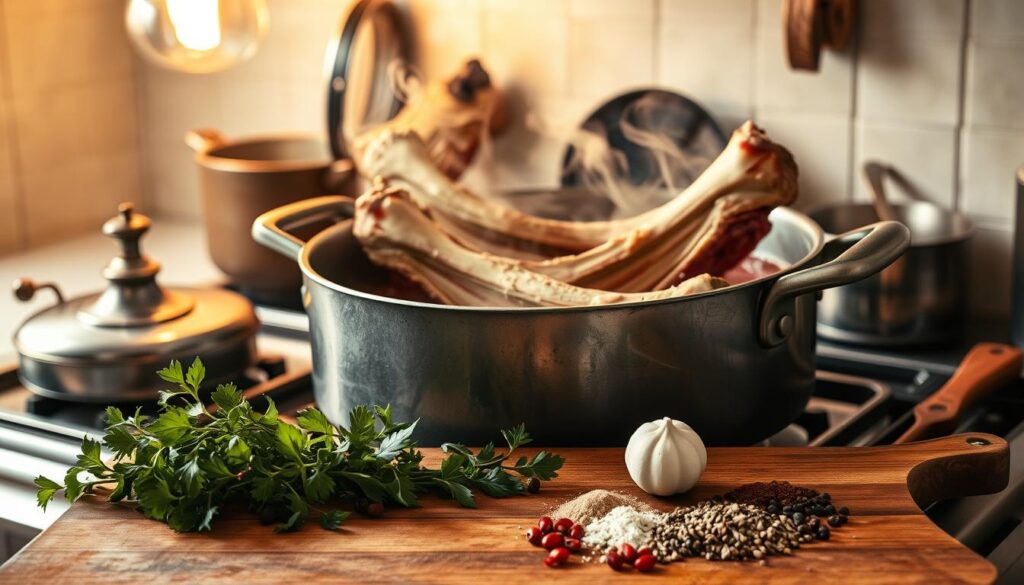
Two main cooking methods are braising and slow cooking. Each method has its own benefits for cooking beef neck bones.
Braising Techniques
Braising is a top choice for cooking beef neck bones. It involves searing the meat first and then cooking it slowly in liquid at low temperatures. This process takes 4-6 hours, breaking down the connective tissues.
- Sear neck bones until golden brown
- Add aromatic vegetables and herbs
- Cover with broth or wine
- Cook at low temperature
Slow Cooking vs. Instant Pot
Slow cooking and pressure cooking have their own advantages for beef neck bones. Slow cookers take 2-4 hours to cook, building rich flavors. Instant Pots cook faster, but still keep the meat tender.
“The key to perfect beef neck bones is patience and the right cooking method.” – Professional Chef
Sous vide cooking is another interesting option. It cooks neck bones at 125 degrees Fahrenheit for 20-24 hours. This method ensures the meat is tender and full of flavor.
| Cooking Method | Time | Flavor Intensity |
|---|---|---|
| Braising | 4-6 hours | High |
| Slow Cooker | 2-4 hours | Medium |
| Instant Pot | 45-90 minutes | Medium-High |
| Sous Vide | 20-24 hours | Extremely High |
Trying out these cooking methods will help you find the best way to cook beef neck bones. This will make your meals unforgettable.
Storing Beef Neck Bones
Storing beef neck bones right is key to keeping them fresh and safe to eat. Whether you cook at home or love trying new recipes, knowing how to store them is important. It helps keep the bones’ flavor and nutrients intact.
Fresh beef neck bones need careful handling to last longer and stay safe from bacteria. By following these tips, you can keep your beef neck bones in top shape.
Refrigeration Tips for Beef Neck Bones
Here are some important tips for storing beef neck bones in the fridge:
- Store raw beef neck bones in the coldest part of your fridge
- Keep them in their original packaging or a sealed container
- Put them on a bottom shelf to avoid cross-contamination
- Use them within 3-5 days for the best taste
Freezing Guidelines for Beef Neck Bones
Freezing is a great way to make your beef neck bones last longer. Here’s how to freeze them right:
- Wrap the bones tightly in freezer paper or vacuum-sealed bags
- Try to remove as much air as you can to stop freezer burn
- Mark the package with the freezing date
- Keep frozen beef neck bones for up to 6 months
“Proper storage is the key to maintaining the quality and safety of your beef neck bones.” – Culinary Expert
Pro tip: Always thaw frozen beef neck bones in the fridge, not at room temperature, to avoid bacterial growth.
Frequently Asked Questions About Beef Neck Bones
Beef neck bones spark curiosity among home cooks and food lovers. They can turn into tasty meals that wow your family and friends.
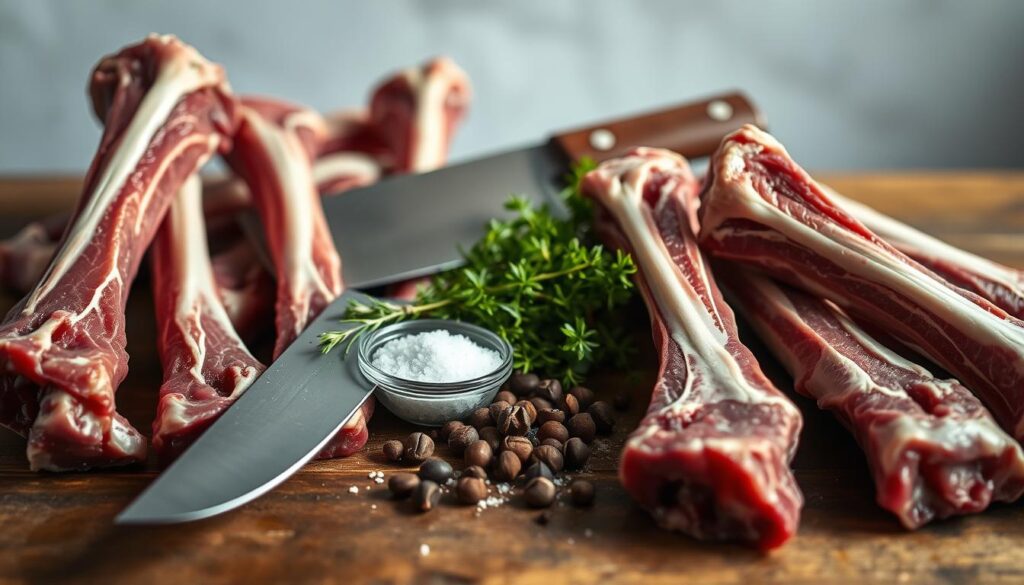
Exploring beef neck bones can be tricky. But we’re here to answer your top questions and offer useful tips.
Can You Eat the Meat on Neck Bones?
Yes, you can! The meat on beef neck bones is not only safe to eat but also super tasty. It’s rich in flavor and gets tender when cooked right. Many chefs and home cooks love the deep, beefy taste of these bones.
- Rich in natural collagen
- Packed with intense beef flavor
- Perfect for slow-cooking methods
How Long to Cook Neck Bones?
Cooking beef neck bones takes time. The cooking time depends on your chosen method:
| Cooking Method | Approximate Time | Recommended Technique |
|---|---|---|
| Slow Cooker | 6-8 hours | Low and slow heat |
| Pressure Cooker | 45-60 minutes | High pressure |
| Oven Braising | 3-4 hours | Covered, low temperature |
The secret to great beef neck bones is low and slow cooking. This method makes the meat tender and full of flavor.
Pro tip: Always ensure your beef neck bones reach an internal temperature of at least 145°F for food safety.
Pairing Beef Neck Bones with Side Dishes
Creating the perfect meal with beef neck bones is more than just the main protein. The right side dishes can make your meal unforgettable. Knowing the best sides will help you make a balanced and tasty dish.
Ideal Vegetables
Root vegetables are great with beef neck bones. They match the meat’s rich flavors and add nutrients. Here are some vegetable pairings to try:
- Roasted carrots with herb seasoning
- Caramelized onions
- Creamy mashed potatoes
- Roasted Brussels sprouts
- Glazed parsnips
Best Grains and Breads
Choosing the right grains and breads can make your beef neck bones dish amazing. They add texture and soak up the juices:
- Crusty sourdough bread
- Creamy polenta
- Wild rice pilaf
- Buttered egg noodles
- Hearty cornbread
“The secret to a perfect meal is balancing flavors and textures.” – Chef’s Wisdom
When cooking beef neck bones, aim for a balanced plate that pleases your senses. The right sides not only go well with the meat but also bring out its rich flavors.
Conclusion: Why You Should Try Beef Neck Bones
Beef neck bones are a great choice for home cooks looking for tasty and affordable protein. They are packed with nutrients and are very versatile. This makes them a great addition to your cooking routine.
Exploring beef neck bones can open up new flavors in your kitchen. They are perfect for stews and broths, adding rich flavor without the high cost. Cooking them slowly makes them tender and delicious.
Encouragement to Experiment
Start experimenting with beef neck bones in your kitchen. Try different seasonings like salt, pepper, and Worcestershire sauce. Choose fresh, bright red bones for the best results.
Final Thoughts on Flavor and Nutrition
Beef neck bones are more than just food. They are a way to nourish your body with protein and minerals. They are full of calcium, magnesium, and amino acids. Start cooking with beef neck bones today and take your cooking to the next level!
FAQ
What exactly are beef neck bones?
Beef neck bones come from the cow’s neck. They mix meat, connective tissue, and bone. Rich in collagen, they have a strong flavor, perfect for slow cooking.
How long should I cook beef neck bones in a slow cooker?
Cook them on low for 6-8 hours or high for 4-5 hours. This long cooking time makes the meat tender and flavorful.
Are beef neck bones nutritious?
Yes, they’re very nutritious. They’re full of protein, minerals like calcium and phosphorus, and collagen. This supports joint health and provides amino acids.
What’s the best way to prepare beef neck bones?
Braising is the top choice. First, sear the bones, then cook them slowly in liquid. This makes the meat tender and adds rich flavors.
Can I freeze beef neck bones?
Absolutely. Freeze them for 4-6 months in an airtight container or vacuum-sealed bag. Always label and wrap well to avoid freezer burn.
How do I know if beef neck bones are fresh?
Fresh bones have a bright color, are firm, and have little moisture. They should smell clean and meaty, not sour.
What cuisines traditionally use beef neck bones?
They’re key in soul food, Southern American, Caribbean, and Asian cuisines. They’re used in stews, soups, and braised dishes for their rich flavor.
Are neck bones tough to eat?
No, when cooked right, they’re very tender. The trick is to cook them slowly to break down the connective tissues.
What vegetables pair well with beef neck bones?
Root veggies like carrots and potatoes pair well. Also, robust greens like collards add depth and nutrition.
Can I use beef neck bones in different recipes?
Yes, they’re versatile. Use them in soups, stews, gravies, and broths. Their collagen content makes dishes rich and flavorful.

